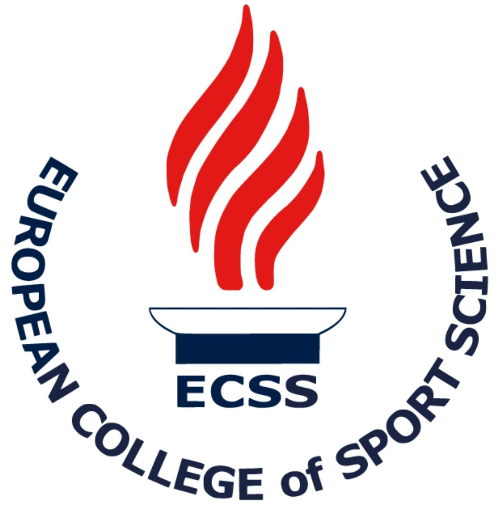Rampinini E1, Sassi A1, Morelli A1 ,Coutts AJ2
1, Human Performance Lab, S.S. MAPEI, Castellanza, Italy;2, School of Leisure, Sport & Tourism, University of Technology, Sydney, AUSTRALIA

Soccer is team sport that requires prolonged, high-intensity, intermittent exercise. During match play, players change activity every 5s and perform approximately 1300 different actions with 200 of these being completed at high-intensity. Additionally, decisive phases during a soccer match often require players to work at high-intensity, usually consisting of several repeated efforts. It seems logical that soccer players that cope better with high-intensity bouts of intermittent running would be suited to playing at higher levels. At present, however, it is unknown if players at higher levels are better able to cope with high-intensity intermittent exercise bouts. Therefore, the aim of this study was to compare performance and the physiological responses to specific high-intensity intermittent running tests in professional and amateur soccer players. Twenty-three soccer players (12 professional and 11 amateur) underwent a Yo-Yo intermittent recovery test level 1 (YIRL1), repeated sprint ability (RSA) shuttle test consisting in 6 sprints over 20+20 m with 20 s of recovery between each sprint, maximum oxygen uptake (VO2max) and a standardized High-intensity Intermittent Test (HIT) consisting in 10 bouts of 10 s running at 18.0 km·h-1 on treadmill at 8% of inclination with 20 s of recovery walking. The professional soccer players performed better in YIRL1 and RSA shuttle test than amateur players (YIRL1 distance, 2227±308 vs 1839±310 m; p=0.005; RSA mean time, 7.17±0.09 vs 7.41±0.19 s; p=0.001). Notably, however, the VO2max values were not different between the playing levels (58.5±4.0 vs 56.3±4.5 ml•kg-1•min-1; p=0.227). The professional players also had a lower La- accumulation (5.7±1.5 vs 8.2±2.2 mmol•l-1; p=0.004), lower H+ accumulation (46.5±5.3 vs 52.2±3.4 mmol•l-1; p=0.007) and lower RPE (4.4±0.7 vs 6.4±1.0 AU; p<0.001) following the HIT than the amateur players. These results suggest that despite the similar VO2max, that soccer players competing at a higher level have an improved capacity to cope with high-intensity intermittent exercise. We suggest that the differences in YIRL1 and RSA performance between the two groups may be due the lower La– and H+ accumulation during intermittent exercise. These physiological responses may be related to an improved ability to utilize O2 during intermittent high-intensity exercise and/or an improved buffering capacity. The present results also suggest that VO2max may be not the best physiological indicator for discriminating between soccer players of different performance levels, and that the physiological response to the specific HIT may be a more appropriate fitness test for soccer players.
13th Annual Congress of the European College of Sport Science (ECSS). Estoril, Portugal from 9-12 July 2008.